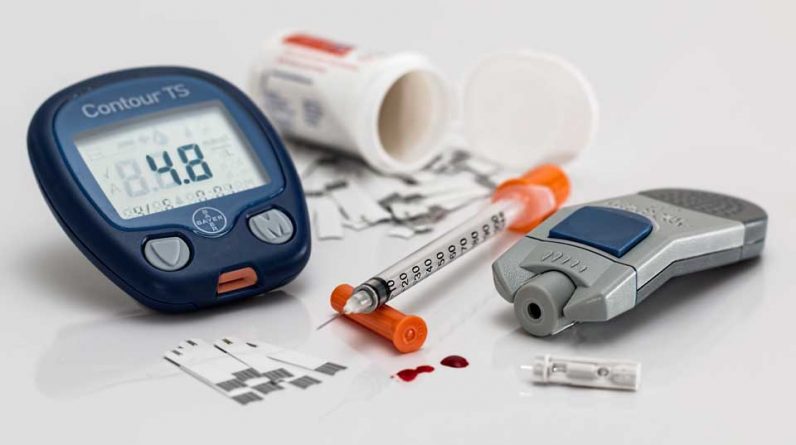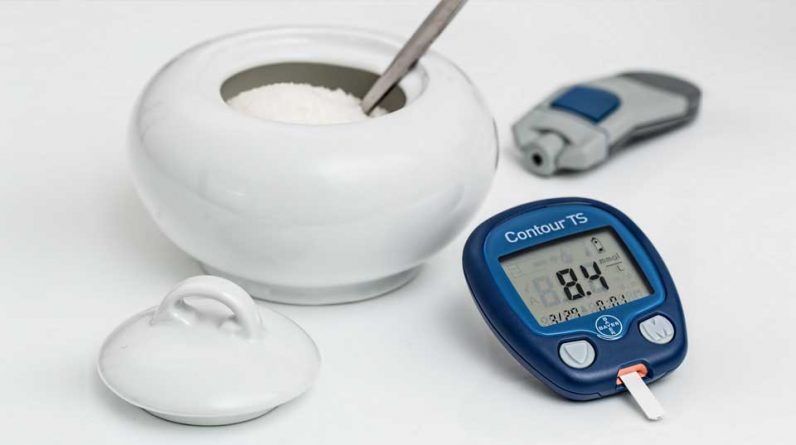
Type One Diabetes vs. Type Two Diabetes: What’s the Difference?
When asked to characterize their health, most people will answer they are diabetic. The majority of people do not say whether they have type one or type two diabetes. Both diseases make it difficult for the body to store and use glucose.
The body need glucose to produce energy, and diabetics’ ability to collect free glucose in the bloodstream is hindered, depriving the body’s cells of vital energy. Although the two primary kinds of diabetes share many characteristics, they are distinct diseases.
Let’s make a distinction between them.
Type 2 diabetes is the most common type of diabetes (T2D)
T2D is the most common type of diabetes, involving 90 to 95 percent of diabetics in the United States. It mostly affects mature people over the age of 45, but it can also affect teenagers, young adults, and children.
When you have diabetes type two, your body can still generate insulin, but the insulin it produces is ineffective. You actually become immune to this hormone, which your body requires to keep your blood sugar levels in check.
Factor of Risk
- Ethnicity has a significant impact on the likelihood of having T2D. Asian Americans, African Americans, Native Americans, and Hispanics, according to Harvard Medical School, are more prone to develop T2D.
Another risk factor is genetics. Inheriting specific genes puts you three times more likely to develop diabetes. Lipids in the pancreatic B cell membranes are the main culprit, causing a barrier in the process of storing and converting glucose to energy.
Anyone with a body mass index (BMI) of 25 or higher is at risk of becoming obese.
Smoking raises your chances of getting T2D by 30 to 40%.
Your risk is also increased by a lack of exercise and a poor diet.
Environmental factors do play a role in risk.
T2D could possibly be the result of ingesting too much sugar. A persons age can also be a factor.
(T1D) Type One Diabetes
T1D affects about 5% of Americans and shares many similarities with T2D, but it progresses in a different way. T1D is an autoimmune disease in which the immune system assaults and destroys the insulin-producing beta cells in the pancreas.
It’s unclear why the immune system destroys pancreatic cells, but the pancreas stops producing insulin during the process, necessitating the need of supplementary insulin. T1D symptoms occur significantly more quickly and are far more severe.
T1D can affect adults, and men are more at risk than women, but it is most common in children, who develop it around puberty. Children’s rates of growth are increasing at a global pace of 3% each year.
Factors of Risk
The risk factors are highly debatable in T1D, but it comes down to a few potential culprits.
- If a youngster has beta-cell autoantibodies, genetics have a role. Because the antibodies damage insulin or beta cells, this has an impact on how their bodies digest glucose.
Being Caucasian, according to Stanford Children’s Health, increases your likelihood of developing T1D, which is the inverse of T2D.
You’re also at a higher risk if you have cystic fibrosis, which causes scarring on the pancreas and prevents the organ from making insulin.
Hemochromatosis, a condition that creates an excess of iron in the body and can harm beta-pancreatic cells, is also a risk factor.
T1D can also be caused by viral childhood diseases such rubella, measles, and mumps. - T1D can be caused by a variety of autoimmune illnesses in which the immune system destroys organs such as the pancreas. Celiac disease and thyroid autoimmune disease are two examples of these illnesses.
Stress can cause immunological dysfunction and, as a result, the onset of T1D.
T1D is a difficult ailment that affects both young and old people, but with adequate care, frequent monitoring, and modest lifestyle modifications, it is possible to live a happy life with the disease.
Common Symptoms
The symptoms of T2D can manifest in various ways, including:
- Increased urination
- Dehydration and thirst
- Increased appetite
- Blurry vision
- Unexplained fatigue
- Numbness or tingling in the hands and feet
- Wounds that take longer to heal
- Unexpected weight loss
- Thrush
High blood glucose levels are referred to as hyperglycemia. Dry mouth, nausea, vomiting, a fruity odor on the breath, trouble breathing, and coma are all symptoms of hyperglycemia. Hyperglycemia, if left untreated, can be fatal.
Hypoglycemia is a potentially life-threatening condition in which blood glucose levels are dangerously low. Shakiness, a pale complexion, perspiration, chills, anxiousness, and a quick heartbeat are all symptoms.
Dizziness, lightheadedness, nausea, weakness, excessive weariness, tingling, and severe headaches are all hypoglycemia symptoms. Patients may experience seizures, loss of consciousness, or coma if they are not treated.
Hypoglycemia and hyperglycemia symptoms occur more frequently in T1D than in T2D, and they are more severe in T1D.
Can T2D Change Into T1D?
The answer is simple: no. Despite their similarities, the two kinds of diabetes are not caused by the same reasons.
Patients with a rare syndrome known as latent autoimmune diabetes in adults (LADA) may be misdiagnosed as having T2D when they actually have T1D.
LADA looks like T2D, but it’s a T1D problem because it’s caused by an autoimmune syndrome that inhibits pancreatic cells from generating insulin. The LADA test is used to confirm the diagnosis. To be clear once more, T2D cannot become T1D.
Final Thoughts
Regardless of the type of diabetes you have, you should live a healthier lifestyle to help with treatment. Insulin-dependent people cannot just stop taking their injections. Instead, patients should make lifestyle modifications to improve their general health while treating their T1D effectively.
T1D is obviously stressful, but incredible advances are being developed that may soon revolutionize the way we treat it. Even if you have to rely on insulin, don’t give up hope.


